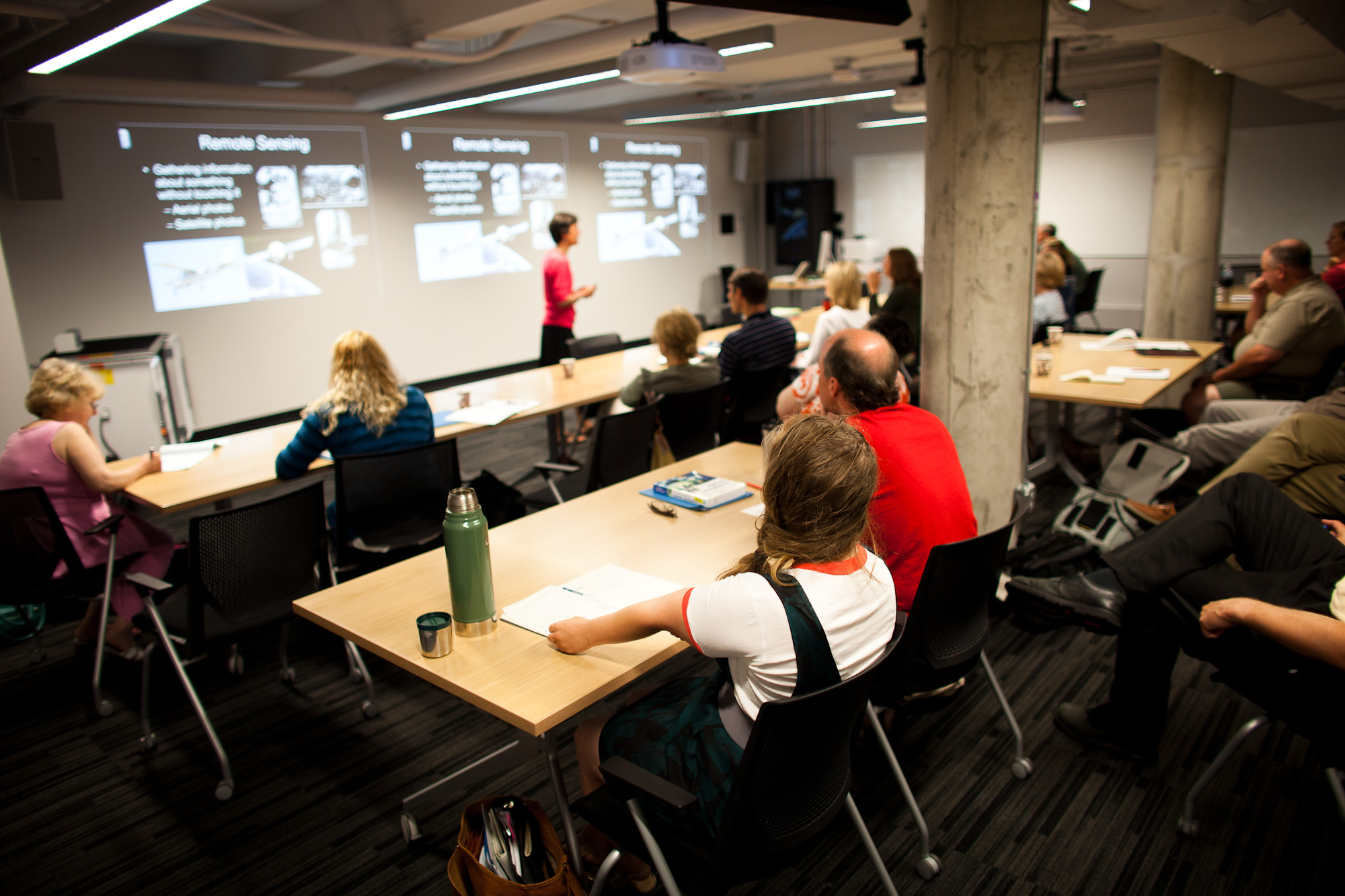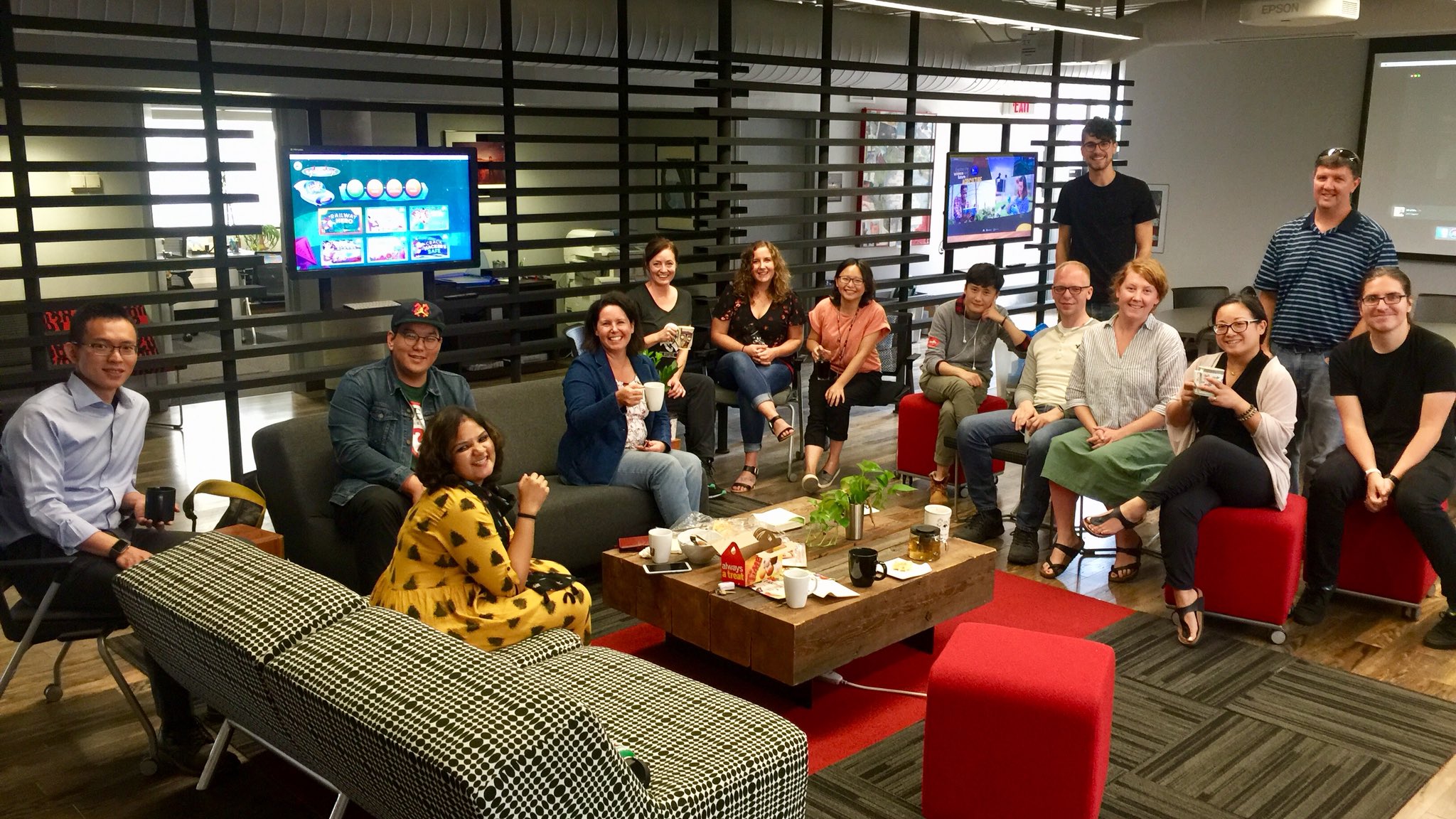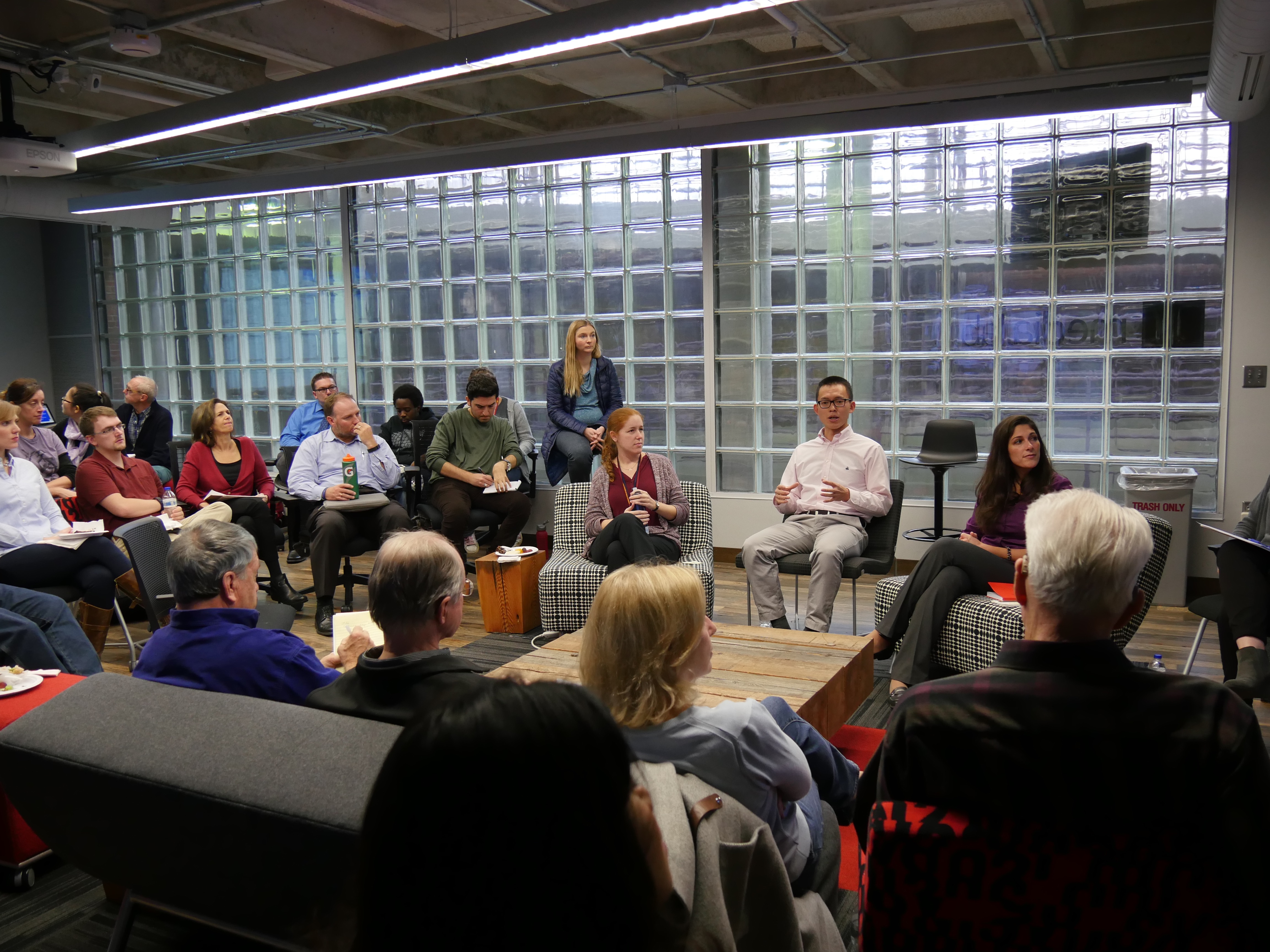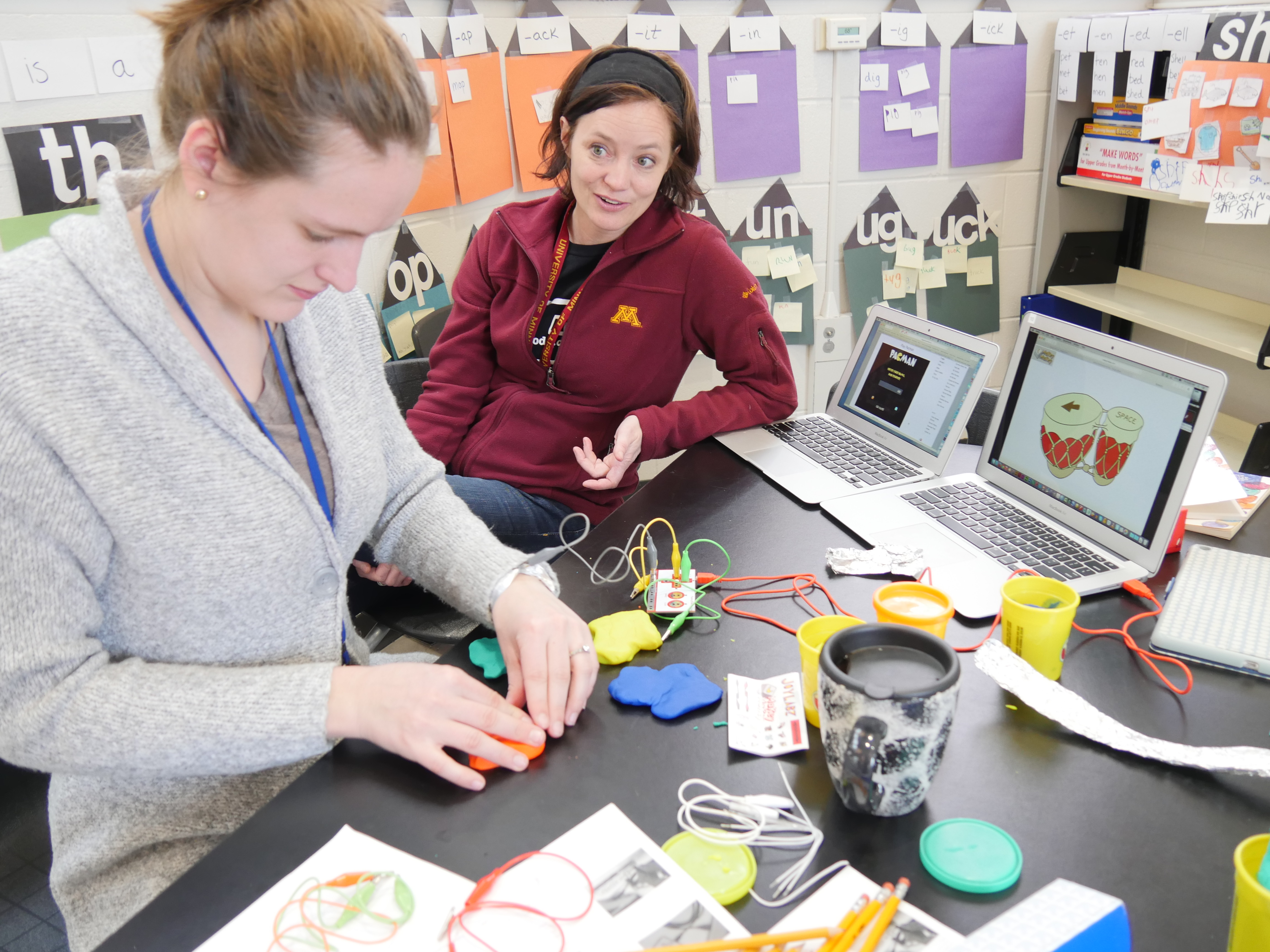
Dr. Patrick O'Leary recently successfully defended his dissertation in LT! The title of Pat's dissertation was, "Integrating Mixed Reality Technologies into an Environmental Learning Field Experience: A Case Study." He was co-advised by Bhaskar Upadhyay and Angel Pazurek. As a blanket of December snow fell on the Twin Cities that day, friends, family, colleagues, and both current and former classmates joined together to support Pat virtually on Zoom as he presented his case study research on the integration of mixed reality technologies in an environmental science course. To learn more about the study, read the abstract provided below.
Abstract: The demand for technology integration has presented teachers with new pedagogical choices for designing engaging learning experiences for students. These technology choices are becoming abundant and varied, confronting teachers and administrators with determining how effective these methods are for teaching. This research was focused on one of these choices, whether including mixed reality (MR) technologies enhanced the learning experience for college students in a field-based course. The experiential learning theory (Kolb, 1984) provided the framework for understanding the learning process through the experiential learning cycle; a cyclical process of starting with a concrete experience, reflecting on that experience, formulating new concepts, then applying what was learned. This framework was used to explore the questions of how MR technology might enhance the learning process, enrich the reflections process, and determine if the students perceived these MR enhancements as useful. This constructivist process for learning was the basis for developing the MR field guide which provided the tool for examining the student experience while the students participated in a soil science field study course.

Based on Merriam and Tisdell’s (2015) exploratory case study methodology, this study followed a particularistic, heuristic approach to explore the research questions. The study employed the qualitative data collection methods of written responses to research questions included in the MR field guide, and post-experience interviews with students and the professor. Saldaña (2016) provided the data analysis structure which utilized first cycle holistic coding, and second cycle pattern coding methods. Key findings indicated that the inclusion of the MR field guide has the potential to improve the learning experience and the reflective observation needed to influence learning. The research found that the MR technology facilitated by the MR field guide had both advantages and challenges in enhancing the learning experience. Students felt MR technology provided enhanced learning opportunities if certain challenges were overcome. These challenges were primarily a result of technology glitches, environmental concerns, and timing and integration of the content. Although students felt the instructional videos and the 360-degree visual environments were useful, hard to load videos and environmental issues, such as windy conditions, made the MR guide difficult to use. Pedagogical adjustments of providing clearer instructions and allowing more time to accomplish the task were also recommended to improve the experience. The insights gained from the participating students will add to the knowledge for developing more effective teaching strategies when using MR technology and provide guidance to future efforts for technology integration in environmental education.




